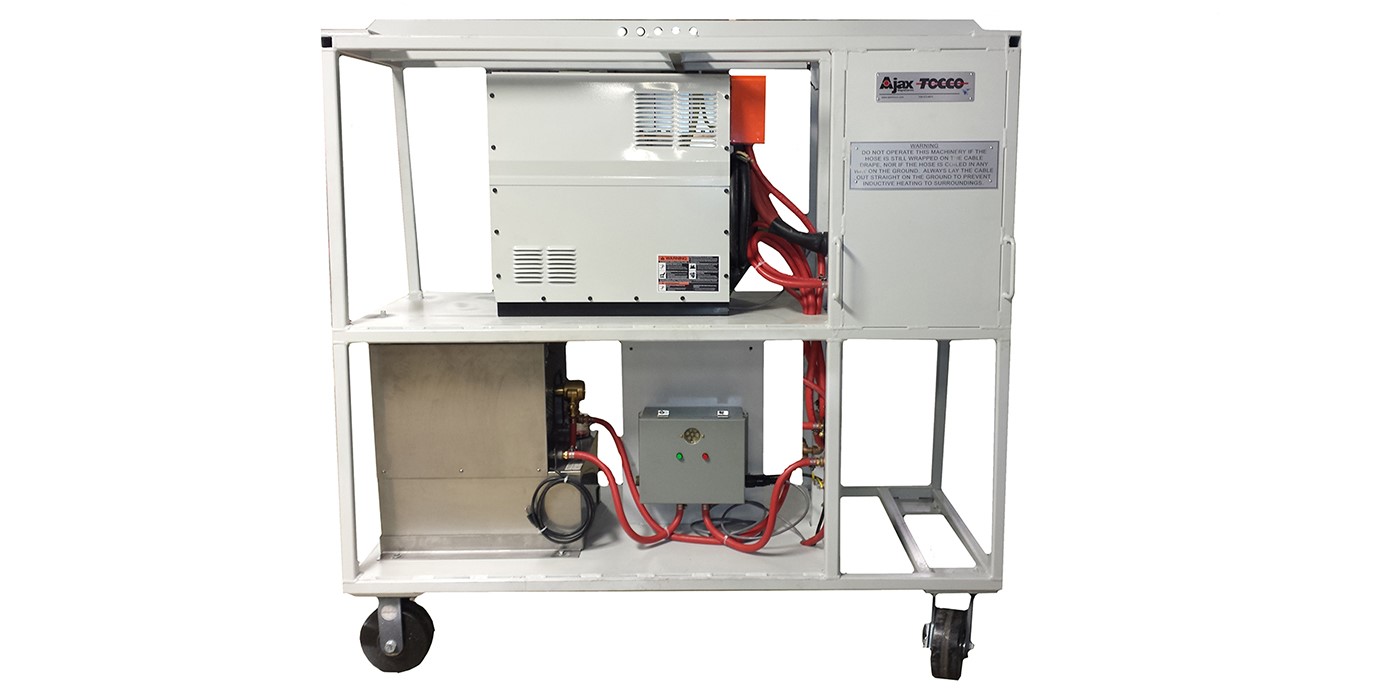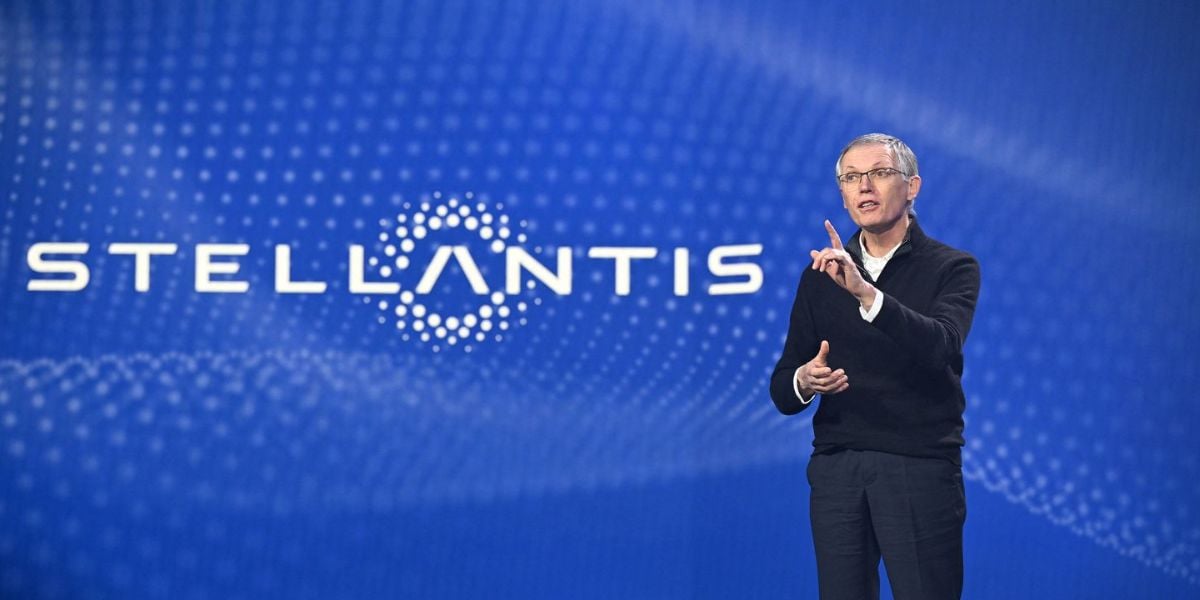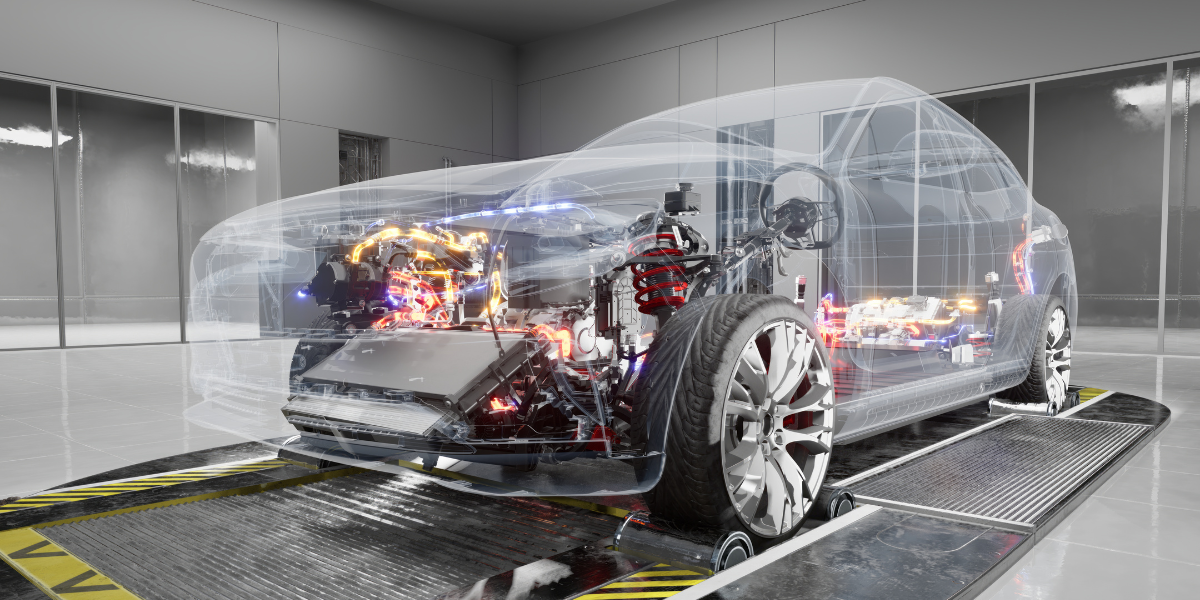Why induction heating should be a primary consideration for reman heating operations.
John Lormin of Engine Builder wrote an article on industion heating for remanufacturing. He’s explaining induction heating, how the heating inductors work and what process controls are integrated. Below you’ll find his conclusion on the benefits of induction in remanufacturing
Induction heating is very controllable, repeatable and scalable. Temperature rises of a few degrees to several thousand degrees can be achieved in a matter of seconds or over a specified amount of time depending on the process requirements.
Temperatures not easily reached with torches, resistance, and/or furnaces can be obtained with induction heating technology. Unlike combustion or radiant heating methods, induction heating is not affected by environmental changes such as dewpoint, drafts, ambient temperature or pressure.
Induction can be very selective, heating only small portions (a few millimeters) of a part or it can heat entire assemblies in single piece part flow or continuous conveyor type production. Induction is extremely adaptable in heating a wide variety of part geometries as well.
The energy efficiency of induction is attainable up to 95%. The heat is instant on and instant off, therefore not wasting any power during standby or delays in production. The benefits of using induction heating technology in the remanufacturing industry are limitless. Interested parties are encouraged to continuously look for new potential applications.
Induction heating systems are mobile and adaptable for various types of applications by just simply changing out the tooling in a very short time. Induction heating should certainly be a primary consideration as a desired heat source for your current or upcoming reman heating operations. Replace the “blue wrench” (torch) with an induction heating system to improve your bottom line.
Read the full article of John Lormin here.



